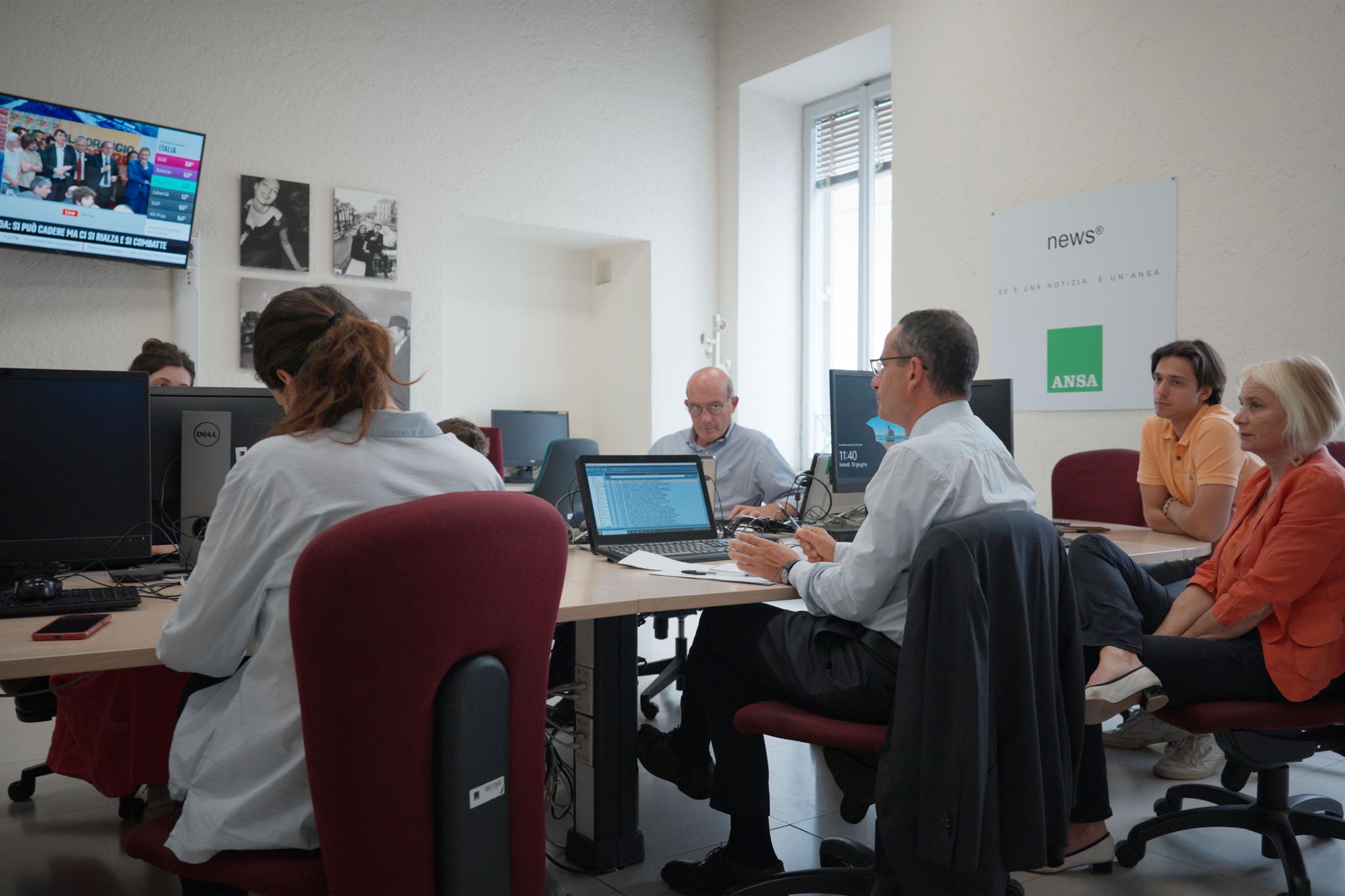EY refers to the global organization, and may refer to one or more, of the member firms of Ernst & Young Global Limited, each of which is a separate legal entity. Ernst & Young Global Limited, a UK company limited by guarantee, does not provide services to clients.
How EY can help
-
EY OpsChain Notarization is a blockchain-powered solution to help content creators safeguard and protect their content from misuse.
Read more
Best practice
In November 2020, EY teams and ANSA publicized the blockchain solution as part of a live psychology experiment at the EY wavespace™ in Rome. EY teams gathered different stakeholders – ranging from policymakers to academic institutions – to discuss the social and economic impact of fake news and to test their perception of news stories. At the same event, ANSA used an Implicit Association Test and eye tracking to monitor the emotional reactions of 50 volunteers to five real and five fake news stories and revealed which stories had provoked the greatest reactions.
The EY teams provided ANSA with a report outlining the test’s results and detailing what types of content, images and story length best engage an audience and drive sharing – techniques which distributors of fake news are highly skilled at deploying.
EY teams and ANSA also collaborated to develop examples of best practice writing and page-build approaches for various subject areas. ANSA can share these with ecosystem partners to increase the quality of their news, furthering the reach of genuine stories and raising their profile.









